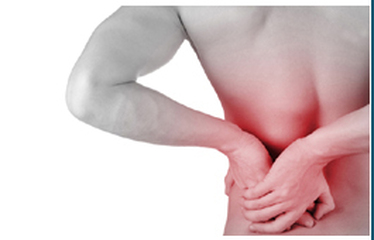About PAIN

In the world of modern medicine, much progress has been made in repairing the body from a variety of causes and yet pain itself is still much of a mystery. Although it is not well understood, humans it seems, are able to feel pain without any actual injury or damage to their physical tissue. Of course we all "know" that pain is a neurological process with certain biological functions. Yet pain is also an emotional experience; it may bring to the surface memories of past painful events for example- whether they were "real" or "perceived". The experience of pain can also vary from person to person or from culture to culture. As such, pain here will be defined as an unpleasant sensory or emotional experience connected with actual or previous damage or psychological suffering.
Pain and the BEST™ Devices
The body is organized to both sense and limit the experience of pain. In our treatment of pain, the device works in cooperation with these innate biological functions. We utilize a unique Biofeedback Electro Stimulation Technology (BEST) process that accesses the nervous system. The device is applied directly to the skin and treats a wide variety of issues like pain.
With that being said, there are two major overlapping theories of how the body manages and limits pain.
Although it remains to be confirmed, there is significant evidence that the BEST™ devices act in relation to both of these theoretical mechanisms.
Pain and the BEST™ Devices
The body is organized to both sense and limit the experience of pain. In our treatment of pain, the device works in cooperation with these innate biological functions. We utilize a unique Biofeedback Electro Stimulation Technology (BEST) process that accesses the nervous system. The device is applied directly to the skin and treats a wide variety of issues like pain.
With that being said, there are two major overlapping theories of how the body manages and limits pain.
- The modified Gate Theory, which is an evolution of the neurological concept originating from the 1965 work of Melzack & Wall. This theory focuses on parts of nerve fibers opening and closing like a 'gate' (think 'electrical switch') to allow the spinal cord /brain to receive or not to receive 'pain' signals.
- The second is the broad theory of opiate-like substances secreted by various tissues within the body. This theory focuses on biochemical processes that decide when pain is felt and how or even IF, the body's own pharmacy will deal with it.
Although it remains to be confirmed, there is significant evidence that the BEST™ devices act in relation to both of these theoretical mechanisms.
